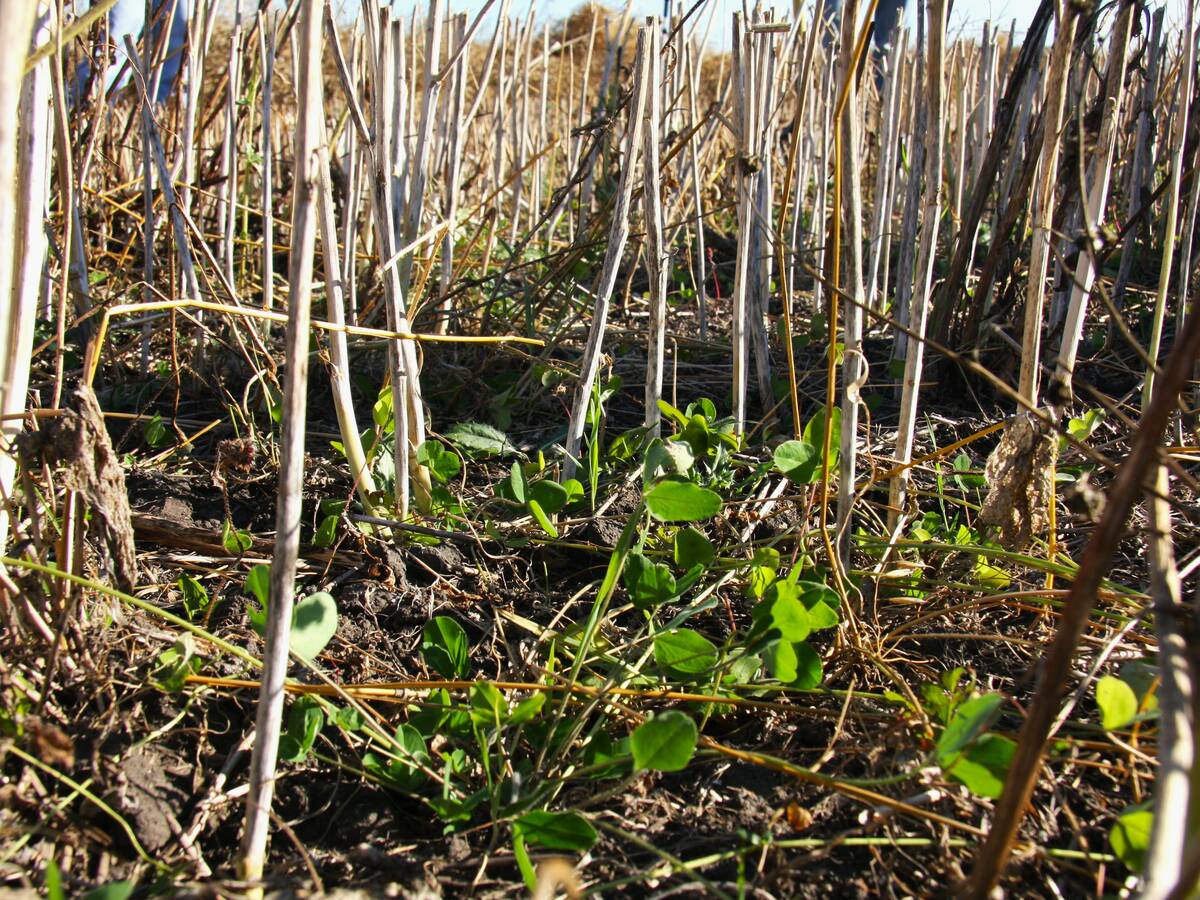As far as Cherilyn Jolly-Nagel is concerned, the Canadian Wheat Board didn’t have anything to do with good returns received by prairie wheat growers in 2007-08.
“They just got lucky,” said the president of the Western Canadian Wheat Growers Association.
Last week, the board told a crop year-end news conference its pooled approach to selling provided Canadian spring wheat and durum growers with an estimated $560 million in additional revenue compared with their U.S. counterparts, most of whom sold early in the crop year before prices spiked in early 2008.
Read Also

Saskatchewan project sees intercrop, cover crop benefit
An Indigenous-led Living Lab has been researching regenerative techniques is encouraging producers to consider incorporating intercrops and cover crops with their rotations.
There’s nothing wrong with being lucky in marketing, said Jolly-Nagel.
But even if those 2007-08 numbers are correct, she said, that doesn’t mean that farmers are better off under the CWB’s single desk pooling system than in an open market.
On the same day the CWB released its numbers, the WCWGA issued a news release describing the results of a June 2008 study that concludes the CWB is costing prairie farmers between $450 and $628 million every year in lost income and higher costs.
The 92-page study was commissioned by Alberta Agriculture and conducted by Informa Economics of Memphis, Tennessee (formerly known as Sparks Companies).
Among its conclusions:
- An open market would improve returns by a minimum of $20.54 a tonne for wheat, $39.54 for durum, $25.57 for malting barley and $13.72 for feed barley. That includes higher prices in the open market and the elimination of system costs associated with the CWB marketing system.
- Price information from the United Nations fails to show the board achieving any premiums in any wheat markets, except possibly Japan.
- Over the past five years, Saskatchewan grain farmers have received significantly less on average than farmers in North Dakota.
- Handling and transportation costs for CWB grains are significantly higher than for non-board grains and CWB grain moves through the system less efficiently.
The complete study, called An Open Market for CWB Grain, can be found at www1.agric.gov.ab.ca.
CWB spokesperson Maureen Fitzhenry said Aug. 1 that while the board hadn’t fully analyzed the Informa study, it was skeptical about its numbers.
“They have no access to our actual sales figures, so I don’t know how they can reach such firm conclusions,” she said.
As for the situation in 2007-08, she said there is no doubt that Canadian wheat growers made more money than their U.S. neighbours, and whether that was due to luck or sound strategy and management doesn’t matter.
In part it’s a function of the way the single desk operates in a rising, high-priced market and in part it’s the result of good marketing decisions.
Darrin Qualman, research director with the National Farmers Union, raised a number of questions about the Informa study, including possible confusion between posted and received U.S. elevator prices, the use of United Nations price data, discounting quality price spreads, and ascribing Canadian grain system costs to the CWB.














